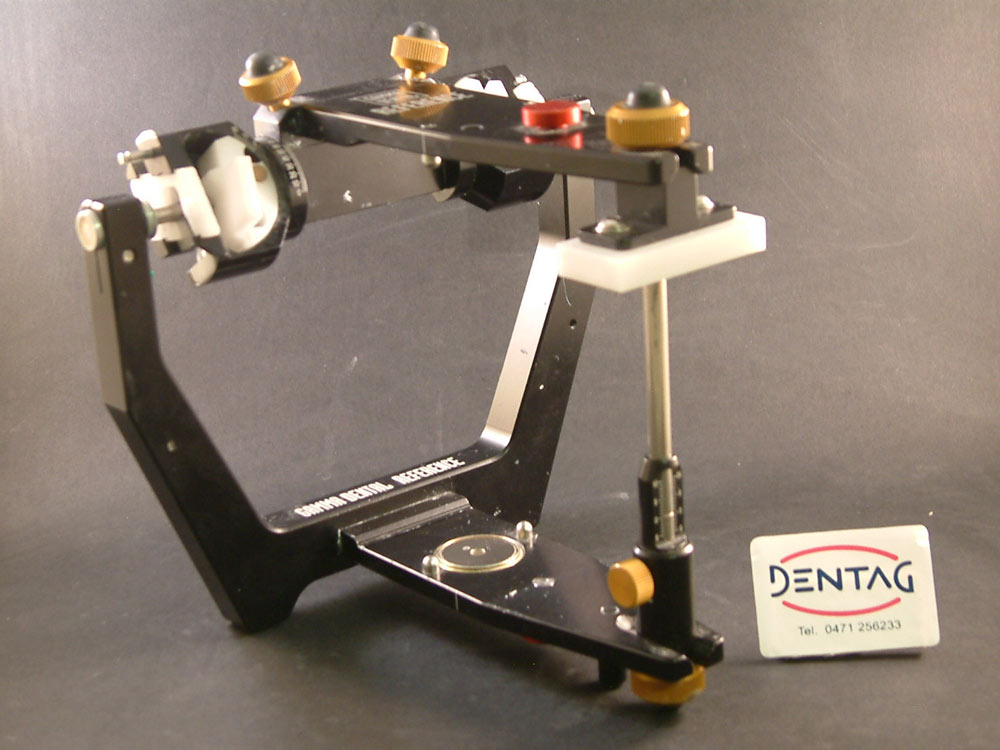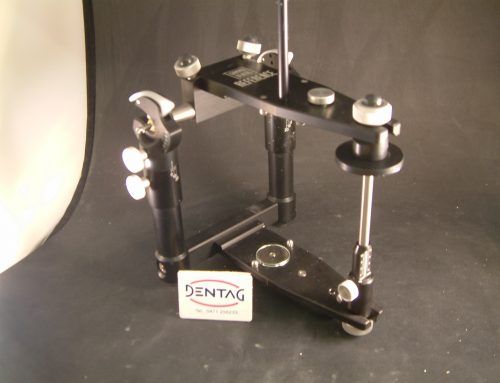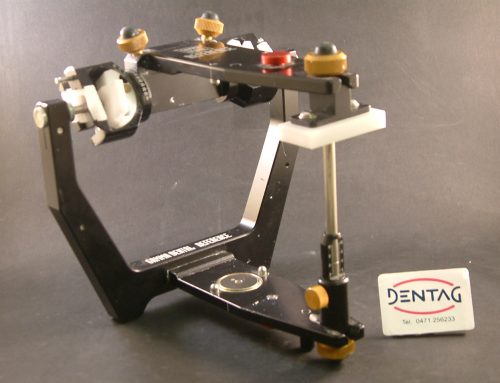Foreword
When it isn’t possible to do an axiography or we didn’t it for different reasons, the positioning waxes are an excellent alternative to set our articulator. It is an efficient alternative in the case of edentulous patients, where it’s difficult to realise an axiography, or in the realisation of a miorelaxant bite on not-dysfunctional patients or of small works. A different matter is the realisation of sequential wax up, of important works of fixed prosthesis and plates, or works on dysfunctional patients: it’s always recommended in these cases to be supported by axiographic values for the setting of our articulator.
Video explication:
First of all we need to remove thetwo condylar housings from the upper frame of Reference SL articulator and to insert the CPM in place (a tool that we use to see the condyles position in “Condylar Position Mandibular” diagnosis). Then with the models positioned to each other with the RP, wax, we mark the condyle position with the help of the articulation paper. After that we reset the models to each other, this time with the wax that the clinician realised getting the patient in protrusive position; even in that case we need to mark the condyle position thanks to a different coloured articulation paper: so on our paper positioned on the CPM, we get the condyle position in RP and in protrusive. We join the two dots with a straight line and measure the angle formed between the line and the CPM base. That angle is the condylar path inclination; we regulate therefore the condylar housing of the articulator (margin of error + or – 5 degrees compared to the axiography). With the help of a specific software for the front incisal guidance, we insert the degrees, obtained for the right and left condylar housing: the computer will tell us the inserts to create the individual incisal guidance. Otherwise, we will use the neutral inserts (blue) for the condylar path, as we know only the eminence inclination, but not the condylar path. At this point our articulator is ready to do its job.





